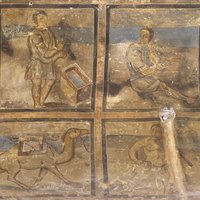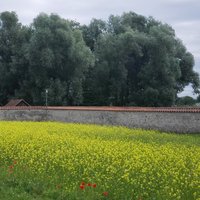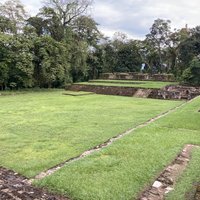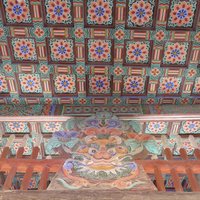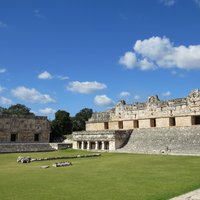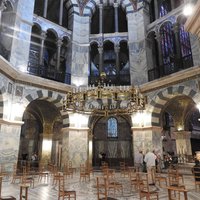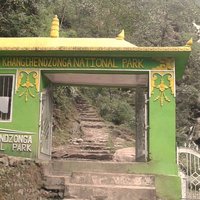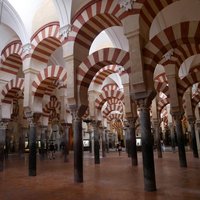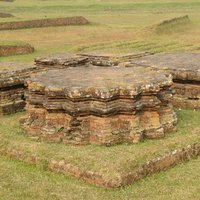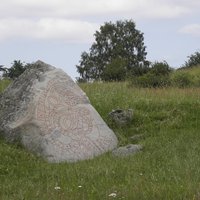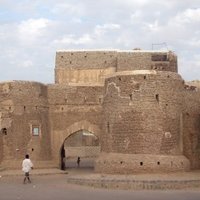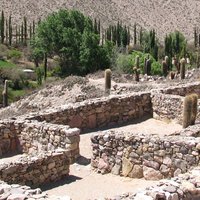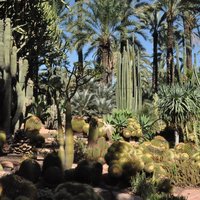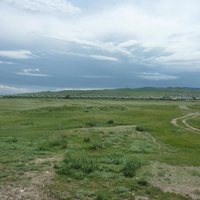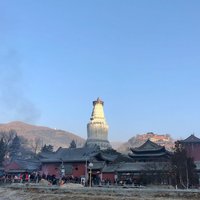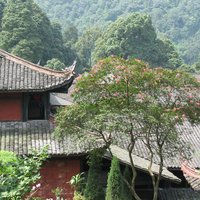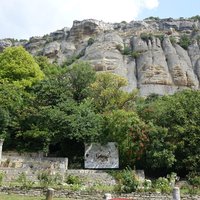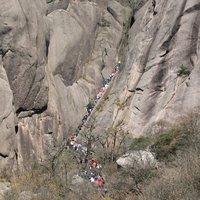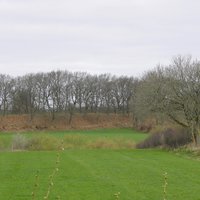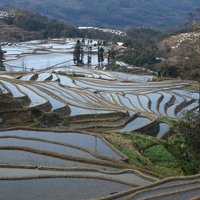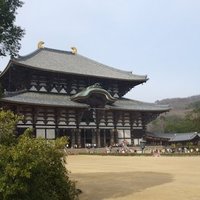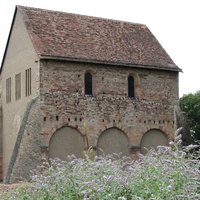Connected Sites
-
Construction of the city started in 714
-
Masterpiece Temple of Virupaksha, built c. 740
-
Built in the early 8th century by the Umayyad caliph Walid I
-
Founded in 724
-
Blossomed during the reign of Cauac Sky (723-84)
-
"Criterion ii Kyoto was the main centre for the evolution of religious and secular architecture and of garden design between the 8th and 17th centuries," - Kyoto was founded in 794 as a capital and evolved ever since; early temples remain
-
Temple of Bulguksa (built in 774), Seokguram Grotto (established in the 8th century)
-
Although settlement dates back to the Pre-classic Maya period (c800BC) the main development "was in the Late Classic Period (AD 650-1000).. Radiocarbon dating suggest(s)that the main structures in the complex were built between AD 700 and 1000" (AB). Uxmal was abandoned C1200AD.
-
Construction started in 792
-
"In the Saloum Delta, carbon 14 dating of the shell mounds dates the oldest at up to 400 BC. The creation of tumuli on certain large shell mounds occurred later. It started in the 8th century AD"
-
The sacred Buddhist importance of the place begins in the 8th century with Guru Rinpoche’s initiation of the Buddhist sanctity of the region (AB ev)
-
Mezquita built in 784-987
-
The Paharpur Vihara, known as Somapura Mahavira, was built by the Pala Emperor Dharmapala (AD 770-810).
-
The town Birka was founded in the 8th century
-
Founded earlier but main period of formation
-
At its height from 700-800, Temple of the Great Jaguar probably built 730 completed by 734
-
Agricultural practice in Coctaca started from 700 AD (nom file)
-
It was with the Arab invasion in the 8th century AD that they began to be cultivated (AB ev)
-
The Valley contains remains straddling many centuries. The Ruins of Khar Balgas date back to the 8th century AD. It was the capital of the Uighur Empire and was built on the site of the capital of the earlier Gokturk Empire - some of whose monuments also remain. 17kms away are the remains of Karakorum, founded by Ghengis Khan from 1220, which was to become the Mongol capital. It is overlooked by the nearby Erdene Zuu monastery which was built in 1585. (from Wiki and Nom file)
-
holds some of the oldest existent wooden buildings in China that have survived since the era of the Tang Dynasty: the main hall of Nanchan Monastery and the East Hall of Fuguang Monastery, built in 782 and 857
-
"Over the course of the centuries it has accumulated many cultural treasures. The most striking is the Giant Buddha: work began on carving it out of the mountainside in the early 8th century, and was not completed for ninety years." - Nomination File
-
Dated to 710
-
"The first use of this name "Huangshan" is often attributed to Chinese poet Li Bai (Famous 8th century poet). Huangshan was fairly inaccessible and little-known in ancient times, but its change of name in 747 AD seems to have brought the area more attention; from then on, the area was visited frequently and many temples were built there." - wiki
-
The first stage of monumental construction at the Dannewirke dates to 700 (Phase III)
-
tradition has existed during the past 1300 years (AB ev), so early 700s
-
Great Mosque of the Umayyads
-
Capital of Japan from 710-784. Its buildings "illustrate the high cultural and artistic levels of the wooden architecture of 8th century Japan" (AB)
-
The Abbey was founded between 760 and 764



